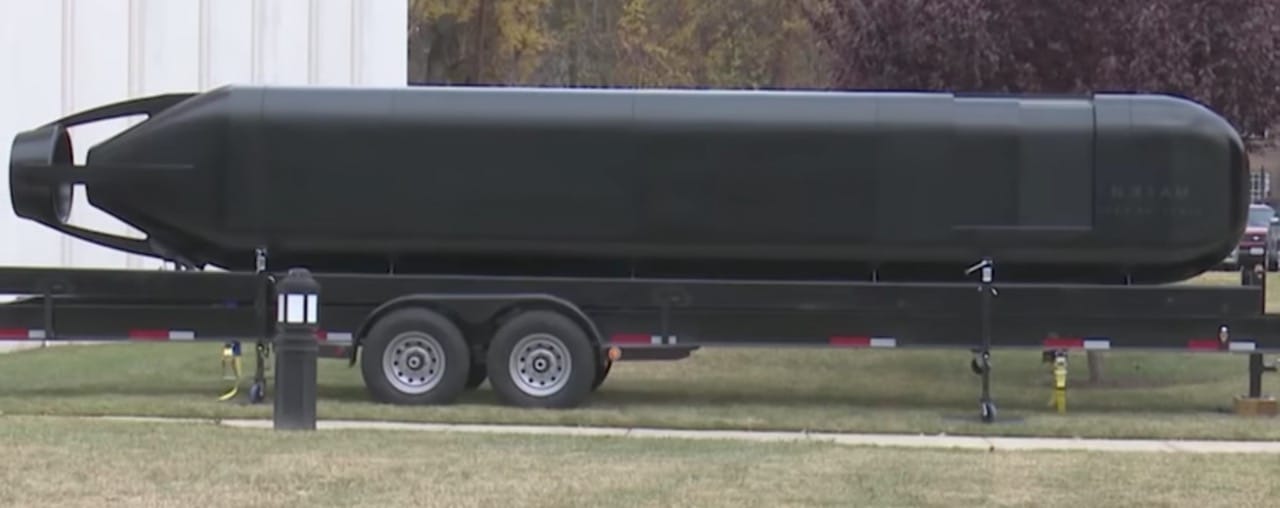
After this week’s story about how the US Navy has been literally 3D printing submarines, I had a thought about the future of war.
The US Navy has said that the submarine mentioned above is the “first of several on-demand vehicles” they wish to 3D print. And that phrase is what got me started on this thought. What does an “on demand war” mean?
War is obviously a serious business and there’s more to it than simply numbers, weapons and spirit: there is also the significant matter of logistics.
Many wars have been won simply because the victor was able to produce and deliver troops, equipment and supplies to the front more effectively than their opponent. In the 20th century, this meant factories, civilian workforces, and streamlined project management approaches to make it all work smoothly.
In fact, popular targets in WWII were Axis factories and transportation systems, which when damaged, would hurt the enemy’s ability to create and deliver troops, equipment and supplies.
But back to this century. The US Navy project involved rapidly 3D printing a new submarine design for use by the Seals for projects unknown. The submarine was designed and produced far faster than traditional techniques and actually cost significantly less money than it might have.
While this was a single experiment – and the US Navy hopes to do a few more – I am wondering what this might mean for the logistics of a future war.
Imagine a world where there are vast factories filled with 3D printer-like devices. These machines are quite different from the assembly lines of the 20th century, which had to more or less be redesigned to accommodate the production of new equipment. 3D printers are a kind of generic machine that can make arbitrary objects without re-tooling or re-design.
In the event of a war, such factories could be extremely quickly turned around to produce any number of new or current designs, and in any quantities. If you need more of something today, you shift the ratio of machines producing that something at the touch of a button. Just keep feeding the raw material in and taking out the completed prints at the end.
And what does it mean if the equipment can be produced 10X faster than before? Does it mean that a country could mobilize 10X faster? Perhaps. Does it mean a country could produce 10X as many pieces of equipment and outnumber the opponent? Perhaps also.
With a powerful logistical force of that type behind the lines, a war could be quite a bit different, as leaders could much more rapidly choose different strategies and enable the development of new equipment types. I suspect such a war would involve very rapid changes of equipment that might be limited only by the human capacity to absorb them. But even that constraint diminishes as the frequency of automated units increases.
Of course, we’re not close to this scenario yet, but as the capacities of 3D printers continue to increase, this could be a view of our future.
If the logistics are more powerful, so are your armed forces. Consider this development to be vastly more important than it’s being portrayed.

